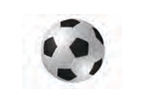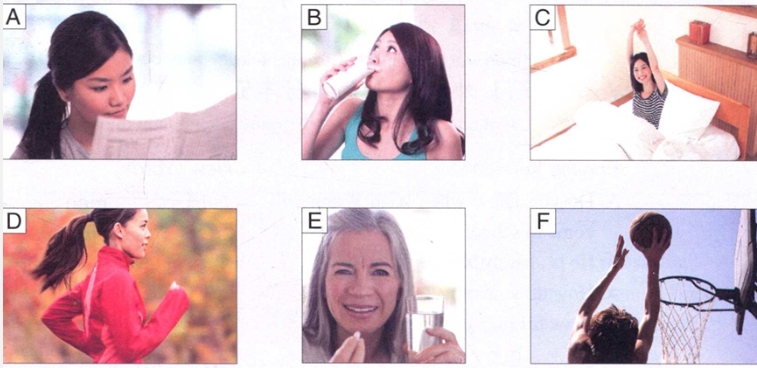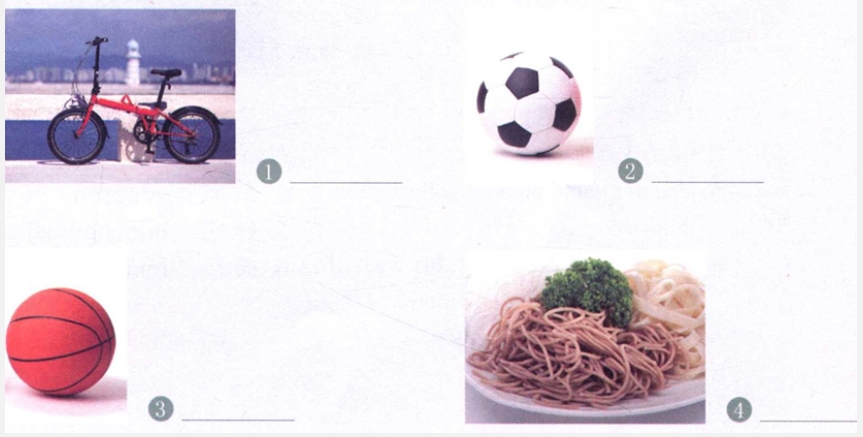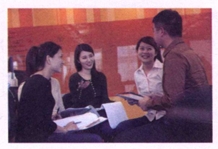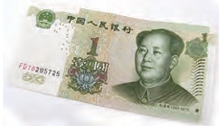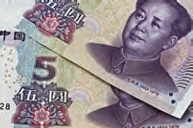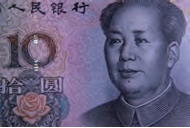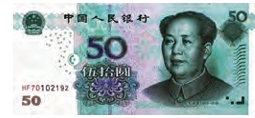他是 乔布斯 (Steve Jobs), 他是人。

她是李娜 (Li Na), 她是人。

她叫 玛丽 (Mary), 她不是我,
tā shì wǒ 。
她是我。

他叫 大卫 (David), 他是 我们 的。

拼音
发音辨析:声母zh、ch、sh、rDifferentiation: pronunciation of the initials zh, ch, sh, r
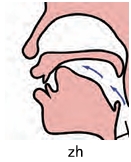
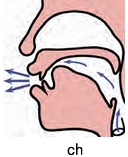
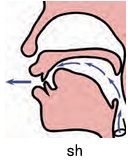
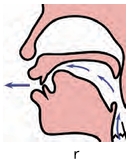
听录音并跟读,注意声母发音的区别 04-4
Listen to the recording and read after it. Pay attention to the differences between the initials.
| zhīshi | chúshī | shēngrì | shàng chē |
| rènshi | chángshí | shìshí | chāorén |
| ránshāo | rènào | chū chāi | Chángchéng |
| shǒushù | shāngchǎng | chǎoshì | chōng zhí |
2 发音辨析:前鼻音韵母n和后鼻音韵母ng
Differentiation: pronunciation of the alveolar nasal n and the velar nasal ng
发前鼻音 n [n]时舌尖要抵住上齿龈,而发后鼻音 ng [ŋ]时,舌头的后部要拱起,舌根向后收缩,抵住软腭;发 n [n]时上下齿相对,开口较小,而发 ng [ŋ]时开口度较大。
When saying the alveolar nasal n [n], the tongue tip should press the upper alveolar ridge; when saying the velar nasal ng [ŋ], the back part of the tongue forms an arch and the root of the tongue moves back and presses the soft palate. Compared with n [n], which is pronounced with the upper and lower teeth close to each other, ng [ŋ] is pronounced with the mouth more wide – open.
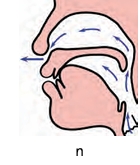
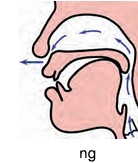
听录音并跟读,注意前后鼻音韵母发音的区别 04 – 5
Listen to the recording and read after it. Pay attention to the differences between the alveolar and velar nasals.
| an | —— | ang |
| ian | —— | iang |
| uan | —— | uang |
| en | —— | eng |
| in | —— | ing |
| uen | —— | ueng |
3 “一” 的变调 Tone Sandhi of “一(yī)”
-
“一” 在第一、二、三声音节前变成第四声
When “一” is followed by a syllable in the first, second or third tone, it changes into the fourth tone.
yì zhāng
one sheet/pieceyì tiáo
one (long) pieceyì zhǒng
one type -
“一” 在第四声音节前变成第二声
When “一” is followed by a syllable in the fourth, it changes into the second tone.
yídìng
sure, certainlyyí kuài
one piece -
“一” 单用或表示数字时不变调
When “一” is used alone or in a number, its tone doesn’t change.
dì yī
firstyī èr sān
one, two, threexīngqī yī
Mondayshí yī
elevenbǎifēnzhī yī
one percent
4 拼音规则 (3):y、w 的用法 Rules of Pinyin (3): use of y and w
以 i、u、ü 开头的韵母如果前面没有声母,在拼写时需要使用 y 或 w,具体情况如下:
If a final beginning with i, u or ü has no initial before it, y or w is used in the written form. See the following table for details:
| 韵母 Final | 写法 Written Form | |
|---|---|---|
| Beginning with i |
i, in, ing | yi, yin, ying |
| ia, ie, iao, ian, iang, iong | ya, ye, yao, yan, yang, yong | |
| iu | you | |
| Beginning with u |
u | wu |
| ua, uo, uai, uan, uang, ueng | wa, wo, wai, wan, wang, weng | |
| ui, un | wei, wen | |
| Beginning with ü |
ü, üe, üan, ün | yu, yue, yuan, yun |
听录音并跟读,注意 y、w 的用法 🎧 04-7
Listen to the recording and read after it. Pay attention to the use of y and w.
yóu yǒng yǒuyì yīnyuè yuányīn
qīngwā yǐngxíng yīngxióng wēixiǎn
guó wài yīntiān yǔyán wǎngwǎng
wǎnyàn yéye yíngyǎng wǒmen
汉字 Characters
1. 汉字的笔画 (4): ㇄、㇅
Strokes of Chinese Characters (4): ㇄, ㇅
| 笔画名称 Stroke | 运笔方向 Direction | 例字 Example Characters |
|---|---|---|
| ㇄ 竖弯钩 shùwāngōu vertical curved hook |
㇄ | 七 qī (seven) 儿 ér (son) |
| ㇅ 横折弯钩 héngzhéwāngōu horizontal-turning curved hook |
㇅ | 九 jiǔ (nine) 几 jǐ (how many) |
2 认识独体字 Single – Component Characters
-
“七”,表示数量“7”。

-
“儿”,本义是小孩。现在多指儿子。
“儿”originally meant “kid”, but now it usually means “son”.

-
“几”,本义是小矮桌。
“几”originally referred to a small and low table.

-
“九”,表示数量“9”。

3 汉字的笔顺 (2):从上到下,从左到右
Stroke Order (2): top preceding bottom and left preceding right
| 笔顺 Rule | 例字 Example Characters | 书写顺序 Stroke Order |
|---|---|---|
| 从上到下 Top preceding bottom |
二 èr two 三 sān three |
一 二 一 二 三 |
| 从左到右 Left preceding right |
几 jǐ how many 八 bā eight |
丿 几 丿 八 |
运用 Application
1 双人活动 Pair Work
两人一组,根据图片内容进行问答练习。
Work in pairs and ask and answer questions based on the pictures.
Tā/Tā shì shéi?
Tā/Tā shì……
例如:A: 他/她 是 谁?
B: 他/她 是……
Tā/Tā shì nǎ guó rén?
Tā/Tā shì……
例如:A: 他/她 是 哪 国 人?
B: 他/她 是……
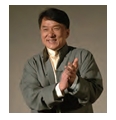



2 小组活动 Group Work
3 – 4人一组,每人准备一张自己和同学或者朋友的合影,向同组成员介绍照片上的人物。
Work in groups of 3 – 4. Prepare a photo of you and your classmates or friends and introduce the people in the photo to your group members.
Tā/Tā shì wǒ tóngxué/péngyou, tā/tā jiào……, tā/tā shì……
例如:他/她 是 我 同学/ 朋友,他/她 叫……,他/她 是……


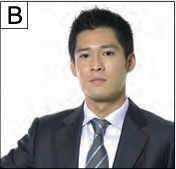










 shān
shān zhōng
zhōng yáng
yáng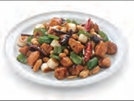 cài
cài shǒu
shǒu xióng
xióng yún
yún xīng
xīng yuán
yuán rén
rén chuán
chuán chuáng
chuáng chī
chī rè
rè


